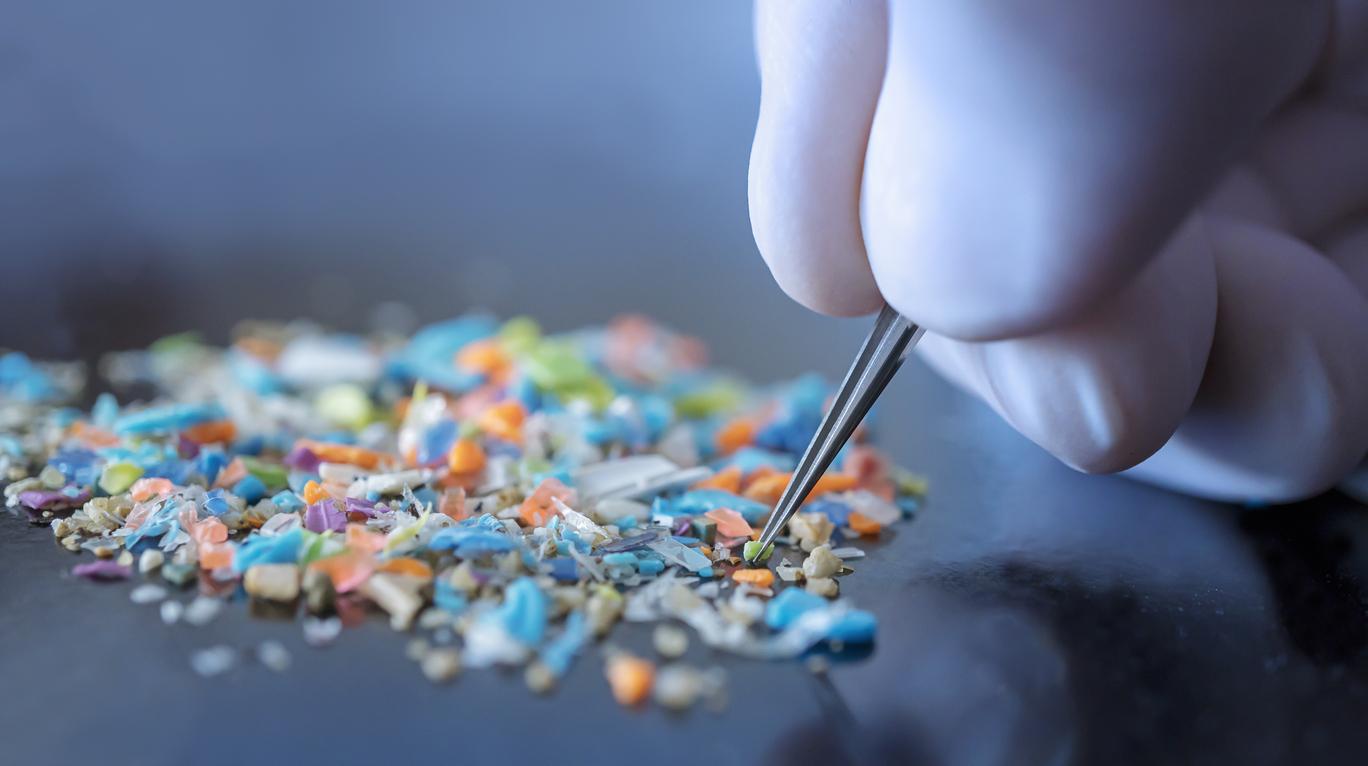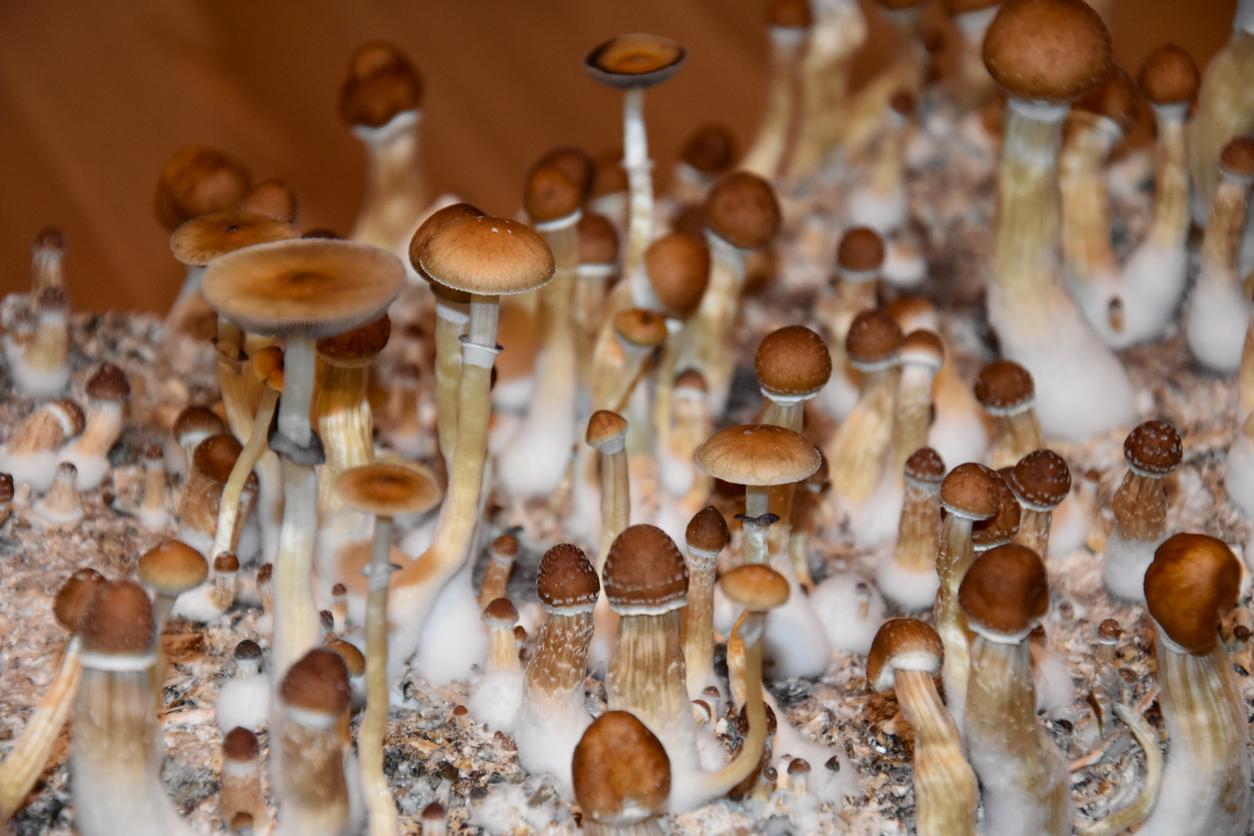Limiting the influx of glucose would restore the capacity for neurogenesis in the aging brain, according to a study.

- With age, neural stem cells become less active, slowing neurogenesis. A new study finds that glucose influences the aging brain’s ability to produce new neurons.
- The researchers identified a gene, Slc2a4, responsible for glucose transport: by blocking this gene, the production of new neurons doubled, and the activity of stem cells significantly increased.
- This discovery opens new perspectives for treating cognitive decline, via complex treatments or dietary interventions such as low-carbohydrate diets.
Could the secret to maintaining a youthful and lively mind lie in reducing our sugar consumption? This is at least the hypothesis of a team of researchers from Stanford University, in the United States, affirming that glucose plays an unexpected role in the capacity of the aging brain to produce new neurons, a process known as name neurogenesis. Their work was published in the journal Nature.
The role of sugar in brain aging
With age, the brain becomes less able to generate new neurons, due to the increasing inactivity of neural stem cells. These cells, which are at the origin of new neurons, find themselves slowed down in their activity. This decline affects memory, cognitive functions and can worsen neurodegenerative diseases such as Alzheimer’s and Parkinson’s.
Using a cutting-edge technique based on CRISPR “genetic scissors”, researchers have identified 300 genes capable of reactivating dormant neural stem cells in aged mice. One of these genes particularly caught their attention: Slc2a4, responsible for the production of the glucose transporting protein, GLUT4. “This suggests that high levels of glucose around ancient neural stem cells could keep them inactive”underline the scientists in a press release.
Towards new treatments against neurodegenerative diseases?
To validate these results, the researchers injected viruses modified to inhibit the Slc2a4 gene into specific areas of the brains of aged mice. The results were clear: by blocking this gene, the production of new neurons doubled, and the activity of stem cells significantly increased. “We were able to observe three key functions of neural stem cells: their proliferation, their migration towards the olfactory bulb, and their transformation into new neurons.”

The research team also found that stem cells from old mice take up twice as much glucose as those from young mice, pushing them into a dormant state. By reducing this influx of glucose by inhibiting the GLUT4 gene, the stem cells reactivate and produce more neurons.
Although these effects must still be verified in humans, this study opens new perspectives for stimulating neurogenesis in an aging or damaged brain. “This is a hopeful discovery, according to scientists, because it could lead to genetic or pharmaceutical treatments to restart the production of neurons” and potentially treat neurodegenerative diseases.
















